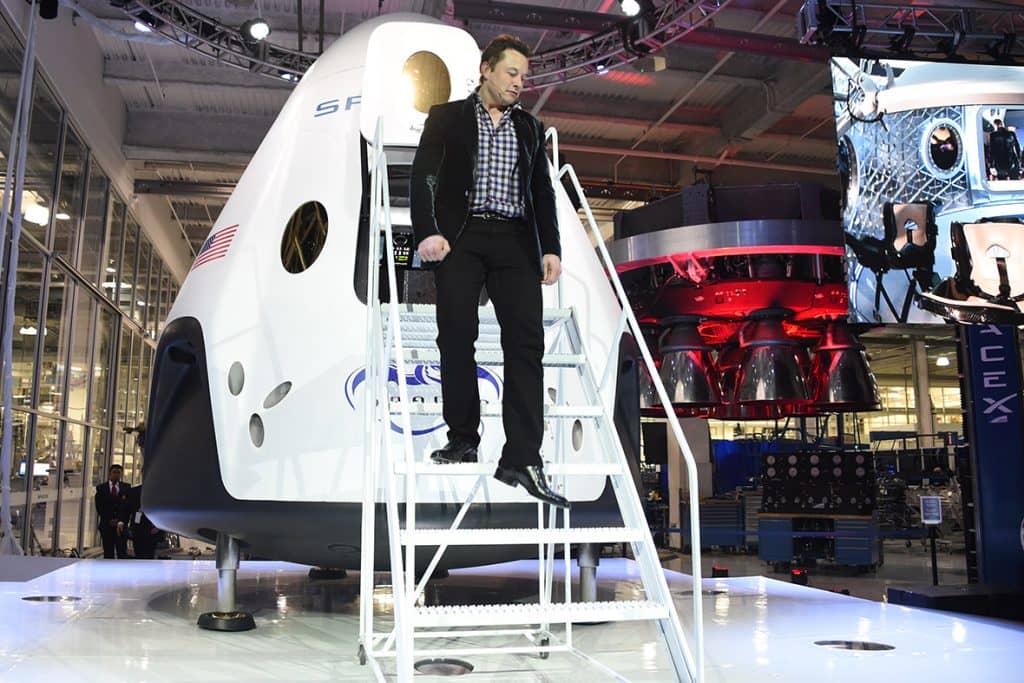Attributing the word “impossible” with Elon Musk is quite rare. After all, the man is the present day Leonardo Di Vinci, with his genius affecting all aspects of modern technology. So when he said in a TED interview back in 2013 that there can’t be any electric rockets ever due to Newton’s third law, it did raise some eyebrows. Isn’t this the same man who is the founder of the best selling electric cars company? Why can’t the same technology be applied in space?
One has to first realize that there’s a difference between electric spacecraft and electrically powered spacecraft. Elon said we couldn’t have a completely electrical spacecraft, as according to Newton’s Third Law: for every action, there is an equal and opposite reaction. This means if we need to hurtle our spacecraft forward, something needs to be pushing on the rocket in the opposite direction.
When you look at the Tesla electrical cars, they comply with Newton’s Third Law since their tires push backward across the ground which in turns moves the car forward in response to the rolling friction. But as we all know, in space we have no medium, like the road or air, to push against. So the only way a rocket can move forward is by ejecting small amounts of mass at a very high speed to create forward momentum.
With purely electrical systems, this is not possible. What modern rockets use is electric ion propulsion, which uses electrical energy to accelerate and eject small amounts of mass to extremely high velocity, not electricity itself. So we need to continue using the propellant if we are to move across the horizon.
In a relativistic model, theoretically one can use massless particles (like photons) to propel the spacecraft since mass-less particles also have momentum. But this is purely limited to the relativistic models, and in real life, it would require huge amounts of energy to create a noticeable amount of mass expulsion using energy-mass equivalence.
Conventional fuels will have to do for now!

